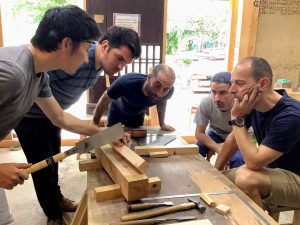Located on the east side of Kyoto city, it is a museum dedicated to Kawai Kanjiro, a potter and one of the founder of Japan’s Mingei art movement in the 1920s and 30s.
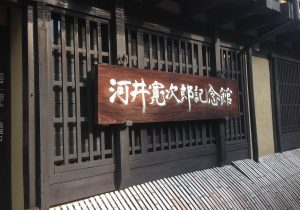
We were asked to repair a leg of a wooden wash basin from the museum.
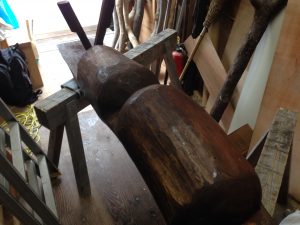
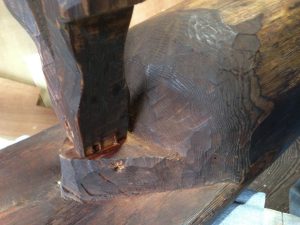
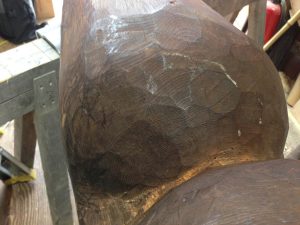 A great amount of work and time must have been taken to make this. This basin was originally from Korea.
A great amount of work and time must have been taken to make this. This basin was originally from Korea.
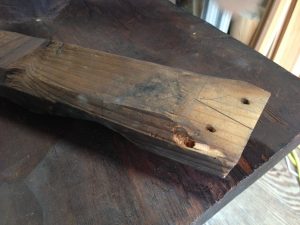
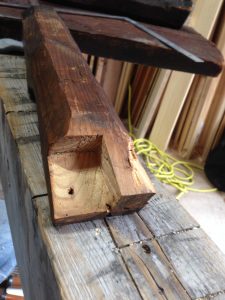
The extension bit was broken so we first sawed it off. Next came the drawing of the lines. Lastly, it was finished off using a saw and chisels.
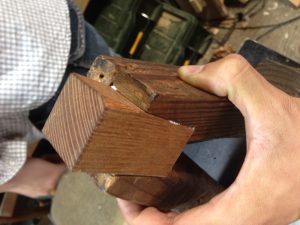
Once the other leg was done, we sandwiched a piece of wood using adhesives and screws.
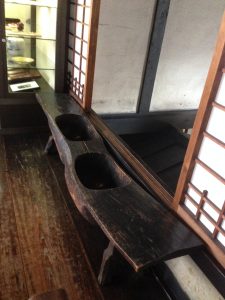
Back to its original place and pride.
This museum has a lot of interesting things on display.
Here’s some:
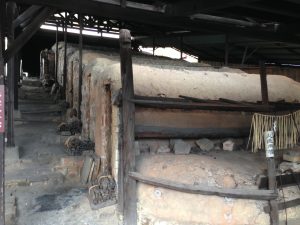
The “nobori-gama” kiln; something you do not see often. Firing this must have been a lot of work. It takes 2 full days, consuming over 2000 bundles of firewood and reaching temperatures of 1350 degrees Celsius. However, the use ended when the air pollution control act came, in 1971.
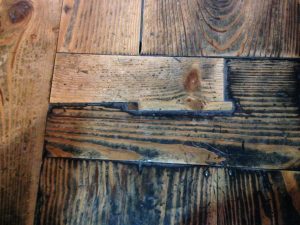
The floor is done in the traditional Korean way. Usually, the flooring is applied on top of the floor joist. But in the traditional Korean way, the flooring planks are applied between the bearer. Here, you can see the floors were joined using the “kanawa-tugi”.
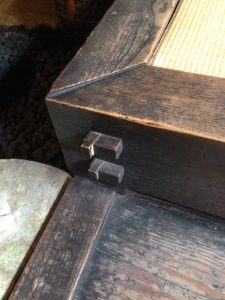
The little details are fun to look at. It makes you realize a lot of work must have gone in. Make sure you observe carefully as some treasure may be hiding!
The house if mostly left in its’ original shape (furniture are left where they were). The best part is this museum lets you touch the exhibits and you can also sit on the chairs designed and used by the man himself.
At Suikoushya, we share traditional Japanese woodworking techniques and skills. Since it is a small group system, we will provide guidance tailored to each individual’s skills, from beginners to woodworking professionals. Please join us!
I look forward to sharing fine woodworking with you.
One month Japanese woodworking classes
